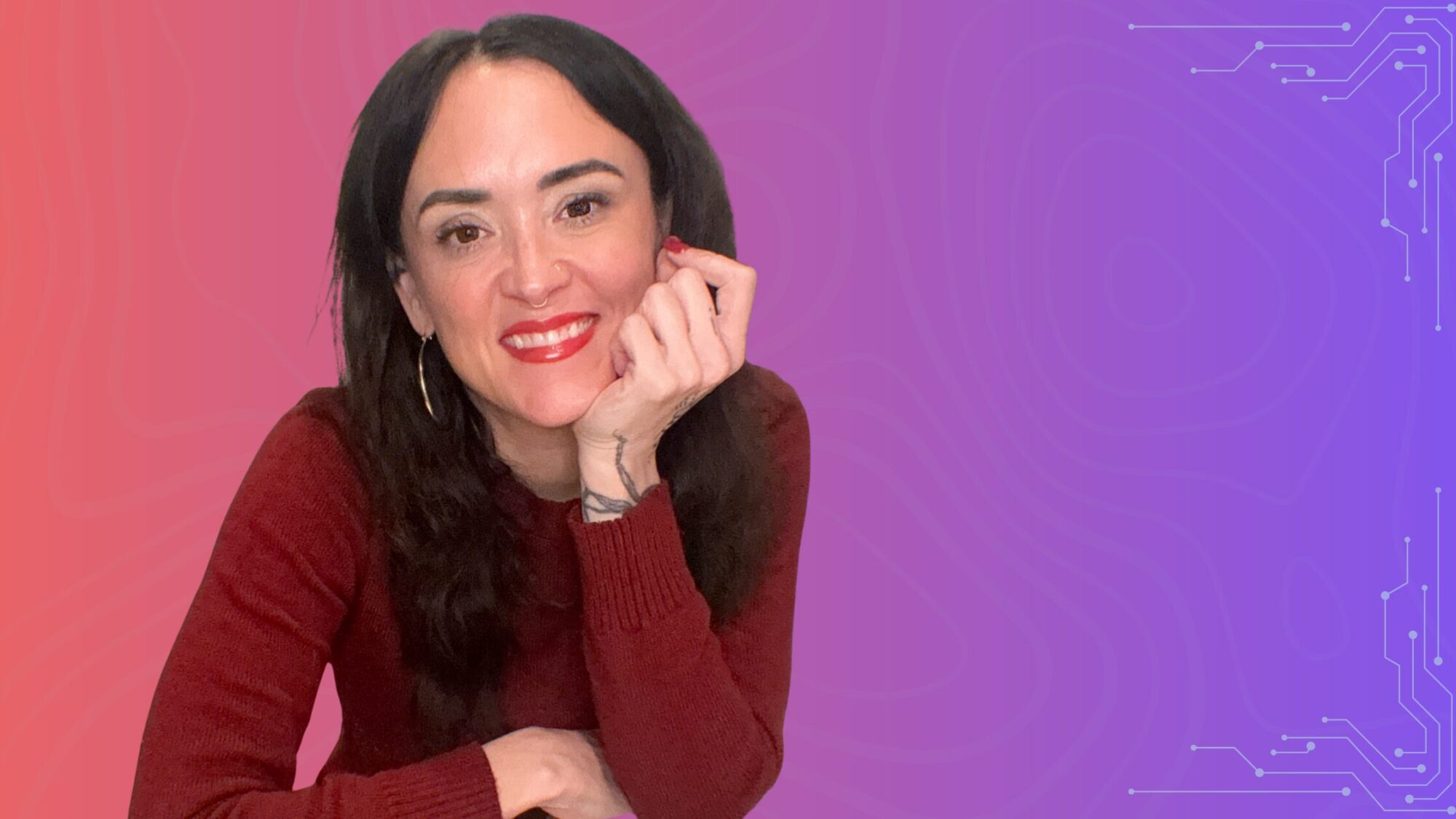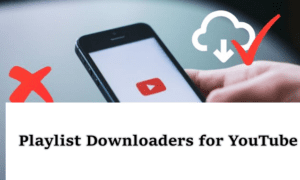This is an interview with Mary Diaz, Entrepreneur, Writer, femme feral LLC
Can you introduce yourself and tell us about your experience in AI and copywriting? What unique perspective do you bring to this intersection of technology and creativity?
I’m a copywriter and strategist with a master’s in writing and a decade of experience helping creative entrepreneurs and global brands turn complex ideas into clear, compelling messaging. I’m not an industry copywriter—and I wasn’t trained in tech—but that’s part of what makes my approach effective. I see language not just as communication, but as human infrastructure: the thing that shapes trust, traction, and behavior.
As AI tools become central to how brands operate, the challenge isn’t just scale—it’s maintaining clarity, tone, and emotional integrity across every touchpoint. My focus is on building feelable language systems that scale without losing substance.
How did you first become interested in the combination of AI and copywriting? Was there a specific moment or project that sparked your passion for this field?
My interest in AI started less with a single lightbulb moment and more with a growing friction. I was seeing clients—smart, soulful founders—start to use AI tools to speed up content creation, and what came out felt…off. Generic. Hollow. It wasn’t just a style issue—it was a voice issue. The systems didn’t understand the tone, nuance, or emotional precision we’d spent years refining.
That disconnect is what pulled me in. I wasn’t drawn to AI for the tech itself, but for what it revealed about language. It became clear that these tools weren’t replacing writers—they were reflecting whatever we trained them on. That meant there was a real opportunity to shape how AI could work with voice-driven businesses, instead of flattening them.
Since then, I’ve been focused on helping founders and teams use AI in a way that strengthens their messaging, rather than diluting it—teaching the systems to support substance, not just speed.
In your experience, how do you strike the right balance between AI-generated content and human creativity in copywriting? Can you describe a project where finding this balance was particularly challenging or rewarding?
The balance starts with knowing what not to automate. AI can draft fast, iterate endlessly, and mirror tone well if it’s trained right—but it doesn’t know how to decide what matters. That’s still the human’s job: shaping the message, understanding the context, and making strategic calls based on intuition, ethics, and experience.
On a recent project with a founder-led brand, we used AI to generate foundational messaging ideas and repurpose long-form content into social assets. But all of it was grounded in a human-built voice guide we’d created first—one that mapped emotional tone, pacing, phrasing, and story arcs. Without that guide, the AI would’ve defaulted to generic startup speak. With it, we scaled content while keeping it deeply personal.
The challenge isn’t in using AI. It’s in using it intentionally—as a support structure, not a shortcut.
You’ve emphasized the importance of storytelling and voice-first copy in building customer loyalty. How do you maintain a brand’s unique voice when integrating AI tools into the copywriting process?
Maintaining a brand’s voice with AI starts long before the prompt. It requires systematizing what’s often treated as intuitive—tone, phrasing, rhythm, emotional range—and turning that into something trainable. Most brands skip that part. They feed AI a few blog posts and hope for cohesion. But true voice fidelity comes from intentional setup: custom libraries, guardrails, reference tone pieces, even sample cadences.
When I work with teams, we build what I call a “voice OS”—a living system that defines how the brand sounds across moods, mediums, and contexts. That becomes the backbone of any AI integration. Without it, you’re just generating copy. With it, you’re scaling identity.
AI doesn’t erase voice. It mirrors what it’s taught. The key is teaching it something worth repeating.
Can you tell us about a time when you broke conventional copywriting rules, similar to your mobile ad campaign without a CTA? How did AI play a role in this decision, if at all?
We ran a campaign aimed at a younger, digitally native audience and loosened the copy on purpose—lowercase, slang, light punctuation, and casual phrasing that mirrored how they actually text and post. It didn’t follow brand guidelines. That was the point. It blended in with the feed instead of announcing itself as an ad.
We used AI to test variations and surface what not to say—too polished, too salesy, too long. Once we saw what the default outputs looked like, we could intentionally write against them and find a tone that felt native to the space.
There was no CTA, no brand voice policing—just small bursts of real-sounding copy that got shared and screenshotted because it didn’t sound like marketing.
You’ve helped clients refine their messaging and positioning. How has AI influenced the way you approach these strategic aspects of copywriting and branding?
AI hasn’t replaced the strategic work—it’s made the gaps more obvious. Messaging and positioning still rely on human judgment: what the offer actually is, who it’s for, how it should sound, and what it needs to signal. But once those foundations are set, AI can pressure-test the language at scale. Does it hold up across touchpoints? Does it stay consistent under speed? That’s where it becomes useful.
In practice, I use AI to simulate how a message might land across channels—like a stress test. It’s a fast way to spot tone drift, mixed signals, or overused phrasing. It also helps clients see where their brand voice needs tightening before it can scale.
The strategy still starts human. AI just makes the stakes of unclear messaging impossible to ignore.
In your content creation process, you organize by emotional intent rather than just topics. How do you see AI evolving to better understand and generate content based on emotional resonance?
Organizing content by emotional intent—whether it’s to reassure, energize, validate, or disrupt—has always made more sense to me than just sorting by topic. People don’t engage because something is “about” a subject. They engage because it makes them feel seen or helped or challenged in the right way.
AI isn’t great at that yet. It’s still learning to tell the difference between tone and emotional function. But I think we’ll see models evolve toward more emotional specificity—not just labeling something as “inspiring” or “funny,” but understanding what kind of trust a piece of content builds, or what kind of urgency it creates.
For now, emotional resonance still needs to be led by the human. But AI can assist in shaping tone and testing how different emotional angles land. When used well, it’s less of a copywriter and more of a feedback loop.
Looking ahead, what challenges and opportunities do you foresee in the AI and copywriting landscape? How can copywriters and marketers best prepare for these changes?
One challenge is volume. AI makes it easier to generate content, which means the internet is getting louder, faster. That puts more pressure on copywriters to write with precision—voice, structure, emotional clarity—because filler won’t cut through.
Another challenge is differentiation. If everyone’s using the same tools without customizing them, brand voices start to blur. That’s where the opportunity is: writers who can guide how AI is used—not just for speed, but for sharper thinking, better messaging systems, and more distinct outputs—will stand out.
To prepare, copywriters and marketers need to shift from being creators to curators and architects. It’s not just about what you write—it’s about how you design the systems behind the writing. The ones who thrive will be the ones who stay curious, strategic, and unafraid to rethink their role entirely.

































